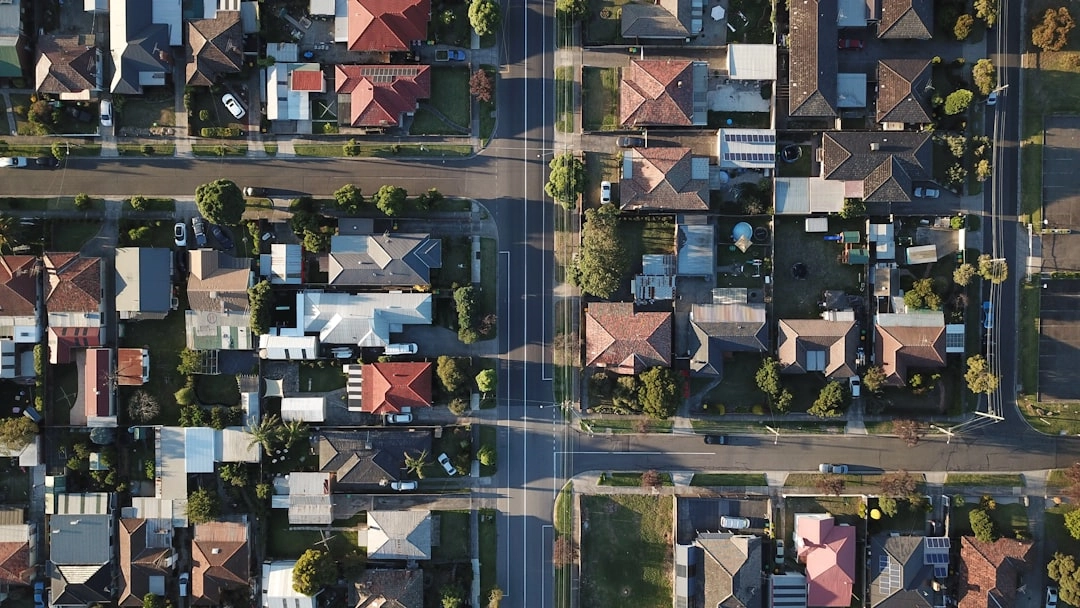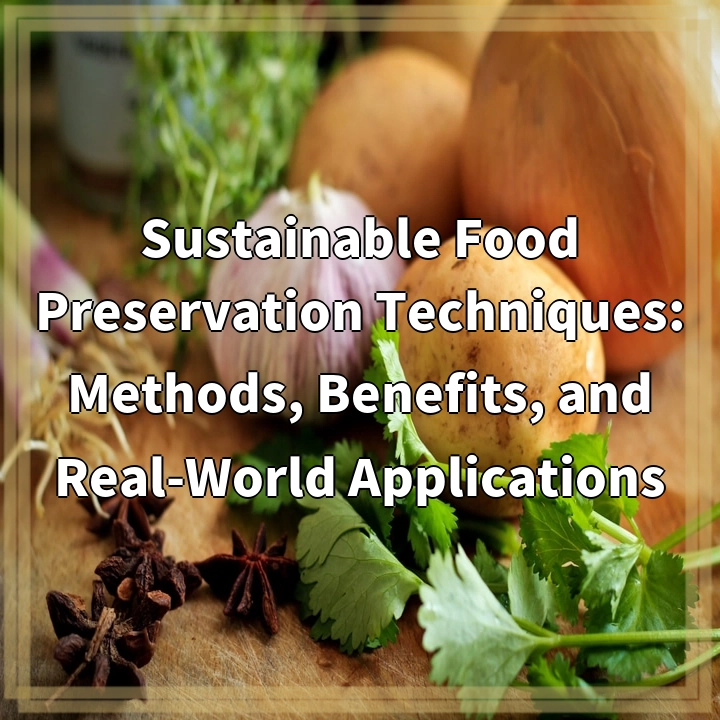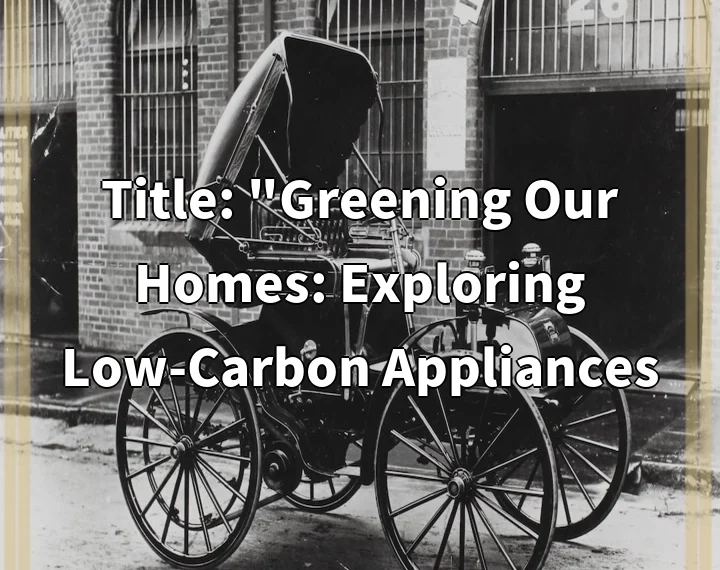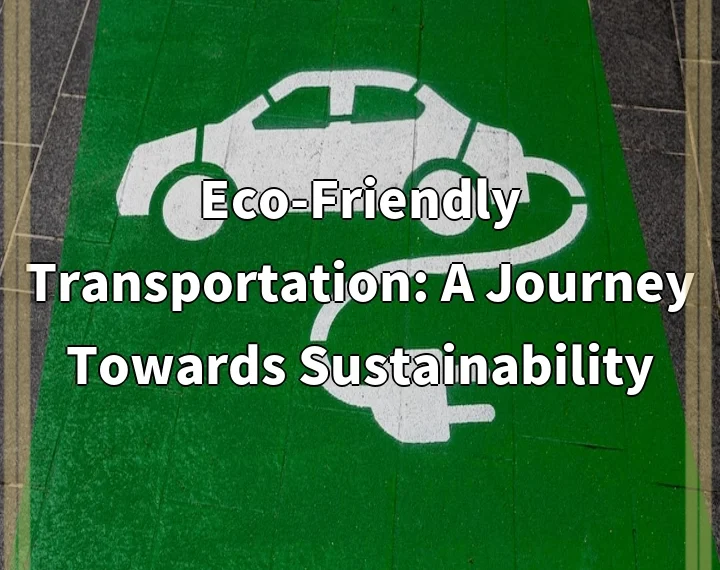
What it is:
Eco-friendly practices in home cleaning involve using sustainable and non-toxic products and methods that minimize the impact on the environment and human health. This approach focuses on utilizing natural cleaning agents, reducing waste, and promoting energy efficiency. By opting for biodegradable products, reducing plastic use, and implementing green cleaning techniques, households can maintain cleanliness while protecting the planet.
Key Principles of Eco-Friendly Cleaning
Eco-friendly cleaning emphasizes three main principles: sustainability, safety, and efficiency. Sustainable practices involve using resources that can be replenished and avoiding harsh chemicals that can harm the environment. Safety pertains to using products that are safe for both humans and pets, reducing exposure to harmful toxins. Lastly, efficiency focuses on effective cleaning methods that require fewer resources while achieving the same level of cleanliness.
Common Eco-Friendly Cleaning Ingredients
Many eco-friendly cleaning products utilize common household ingredients such as vinegar, baking soda, lemon juice, and essential oils. These natural alternatives are not only effective in breaking down dirt and grime but also safe for the environment and human health. By making small changes, such as using a vinegar-and-water solution for windows or baking soda for scrubbing surfaces, homeowners can achieve a clean and healthy living space.
Real-World Problems
Despite the growing interest in eco-friendly cleaning practices, there are several challenges associated with their adoption. One significant issue is the prevalence of traditional cleaning products laden with harmful chemicals. These products often contain synthetic substances that can contribute to indoor air pollution and have adverse effects on health. Many consumers remain unaware of the potential dangers posed by these chemicals, leading to continued use.
Environmental Impact
The production and disposal of conventional cleaning products contribute to environmental degradation. Non-biodegradable packaging and toxic waste can pollute land and waterways, harming ecosystems and wildlife. Furthermore, the manufacturing processes for many commercial cleaning products often involve high energy consumption and greenhouse gas emissions, exacerbating climate change.
Barriers to Adoption
Another challenge is the perception that eco-friendly cleaning solutions are less effective than their chemical-laden counterparts. This misconception can deter homeowners from making the switch, as they may doubt the cleaning power of natural ingredients. Additionally, the availability and accessibility of eco-friendly products can be limited in certain areas, making it more difficult for consumers to adopt sustainable practices.
Cost Considerations
While many eco-friendly cleaning solutions can be made from inexpensive ingredients found in the home, there are also commercial eco-friendly products that tend to be more expensive than traditional cleaners. This price difference can be a barrier for some households, especially those on tight budgets, leading to the continued reliance on cheaper, environmentally harmful alternatives.

Solutions for Eco-Friendly Practices in Home Cleaning
To overcome the challenges associated with adopting eco-friendly cleaning practices, practical solutions can be implemented. By understanding these solutions, homeowners can make informed choices that benefit both their health and the environment.
Education and Awareness
Increasing consumer awareness about the dangers of traditional cleaning products is essential. Educational campaigns can help highlight the health risks associated with chemical cleaners and promote the benefits of natural alternatives. Providing accessible information on effective eco-friendly cleaning methods can empower individuals to make better choices.
Effective Natural Alternatives
Homeowners should familiarize themselves with the effectiveness of natural cleaning ingredients such as vinegar, baking soda, and essential oils. By sharing success stories and practical cleaning recipes, communities can build confidence in using eco-friendly solutions. These alternatives not only clean effectively but also contribute to healthier indoor environments.
Community Support and Resources
Creating community initiatives that promote eco-friendly cleaning practices can facilitate access to resources. Local workshops and events can teach residents how to make their own cleaning solutions, share tips, and provide information on where to buy eco-friendly products. Collaborating with local businesses can also lead to convenient access to sustainable cleaning options.
Budget-Friendly Solutions
To address cost concerns, homeowners can explore DIY cleaning solutions that use inexpensive, natural ingredients found in their kitchens. Many effective recipes are simple to follow and budget-friendly, enabling families to clean sustainably without breaking the bank. Highlighting these cost-effective options can encourage reluctant consumers to make the switch.
Regulatory Advocacy
Advocating for stricter regulations on harmful chemicals in cleaning products can also be a powerful solution. Engaging with policymakers and supporting initiatives aimed at increasing transparency in product ingredients can push for safer alternatives in the marketplace. Consumers can advocate for the right to know what they are buying and promote the demand for eco-friendly products.















